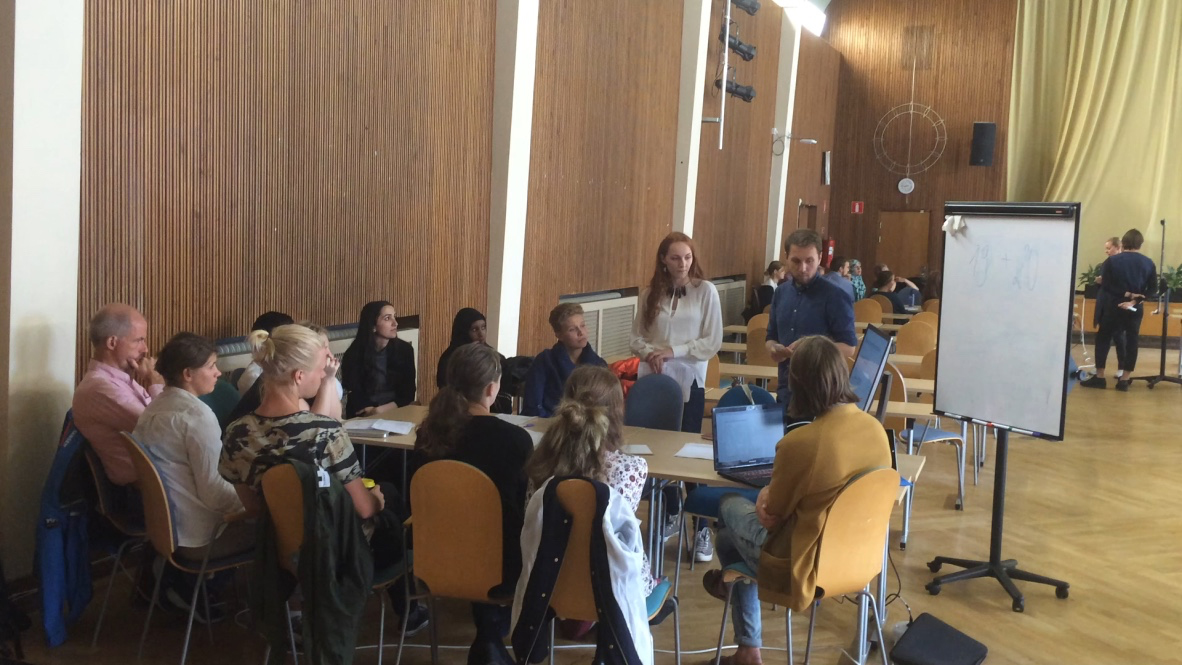The Details
Rapid technological advances provide opportunities to apply educational solutions in unique and innovative ways across various fields. In the medical field, where information is critical to saving and enhancing lives, there is a constant effort to analyze data more efficiently and ensure doctors have the latest research at their fingertips. For Ola Hammarsten, Professor and Senior Consultant in the Department of Clinical Chemistry at Gothenburg University, medical statistics are essential to training and equipping the next generation of doctors. He began using Möbius to implement a unique testing approach for his students.
With over 25 years of teaching under his belt, Hammarsten has spent the last five years teaching a medical statistics course at the Swedish university. The school itself has an enrollment of more than 30,000 students. An assistant professor at Chalmers University introduced him to DigitalEd’s Möbius platform during a discussion about the best communication methods with mathematics students. “I heard him talk about the capabilities of Möbius and immediately thought, ‘I must implement this!’” he said. “As I became more familiar with Möbius, I wanted to learn even more about its capabilities. I began working on questions and assignments to use these tools in my courses. Möbius has immense possibilities.”
Hammarsten uses Möbius to administer what he calls the Testing Effect, an approach that focuses more time on testing than teaching. He says this approach increases students’ ability to retain knowledge long-term, which should be the goal of education. Hammarsten uses Möbius to administer mixed-use combinatorial questions, built-in multiple-choice questions featuring numeric and worded responses. “We don’t use the assessment features of Möbius as a scoring instrument; the students test themselves,” he said. “If students learn solely with the objective of completing an exam, there is no evidence they can apply that knowledge in the real world. If you consistently expose them to similar questions, you enhance their ability to understand the question itself. This is the testing effect.”

Students at Gothenburg University work through questions designed by professor Ola Hammarsten using Möbius.
Hammarsten’s testing approach is based on research that has proven that pre-defined subroutines are effective and that statistical concepts can invoke a valuable emotional response in students. For example, he said they can provoke anxiety and anger, which ultimately leads to greater honesty and open discussion. “You can use this emotional response to evaluate different approaches to teaching. Most students like visuals and animations, as it improves their understanding of concepts, but there is a minority who get frustrated because they want the math, the numbers,” he said. “One approach does not work for 100% of students, and their response will let you know what works best. We can also use these responses to help the students understand why such testing works.”
Hammarsten is currently working on a new testing feature he refers to as MixQ’s™, multiple choice questions that feature both worded and numerical answers, sometimes with multiple answers in the same question. For example, the answering syntax of a question may be “X is used to treat Y”, with students required to provide both the specified drug and the ailment it treats. Using standard classifications for drugs and diagnosis lists, Hammarsten uploads hundreds of variables into Möbius Assessment to create tests for his students, which make multiple choice answers and distractors unique each time students activate the question.
If teaching methods give students the option of simply repeating information without analyzing or thinking through concepts, it will lead to weaker recollection and a failure to commit it to long-term memory, Hammarsten explained. “We need to make students actually think about the new data,” he said. “The whole idea behind this approach is that students are forced to think, forced to integrate the data and concepts within the existing information networks in their brain. The result is that information is retained long-term.” In addition, students need to be graded and receive instant feedback, or the effects of his approach will be nullified. Therefore, a program with Möbius’s assessment capabilities was essential. “It’s clear that Möbius’s designers took a lot of input from previous users to improve functionality,” he said, citing Möbius’s adaptive questions and assignments and the features available to create variable questions. “It’s also harder to cheat. With changing questions, it’s a more individualized process. Students are forced to focus on their own questions.”
To assess the merits of his teaching methods, Hammarsten offers a reward to students who are willing to give an interview and provide honest feedback on the teaching methods and tools he is developing. The results from these interviews show that students like the unique data sets, as the constantly changing parameters force them to think about the meaning behind the data. “It is important that doctors are able to understand and implement statistical procedures,” he said. “Most don’t understand how statistical tests work, but there is a direct medical implication to not having a specific understanding of statistics.”
The next step for Hammarsten is implementing all of his courses using Möbius, allowing students to explore important concepts using engaging, interactive applications, visualize problems and solutions, and test their understanding by answering questions that are graded instantly. Möbius courseware’ features will further enhance Hammarsten’s mission of facilitating long-term knowledge retention in his students. It will also support a greater objective of Hammarsten’s, which is expanding the eligibility for students taking the course. He said it is an inefficient use of human resources to restrict education to those approved for university enrollment. “Even if students fail to meet admission criteria, studies have shown they can still perform well in courses,” he explained. “The massive open online course concept is powerful, but must also be done in a way that everyone agrees is secure. Tools like Möbius are extremely important in addressing all of these objectives and concerns and forcing students to engage with the materials.”
